
The protection of fibers and the ability to install adapters, splitters and fusions are essential to cover the necessities of expanding fiber optic networks. To cover these necessities and all the specifications of each project it’s of most importance to choose the right fiber closure.
What is a Fiber Closure?
A fiber closure is a passive device for receiving fiber optic cables that also provides space for fusions, adapters, splitters, or other passive network equipment.
Besides space for the equipment, it also allows for mechanical protection, environmental protection against insects, rodents, humidity, extreme temperatures, etc.
Fiber closures are a very important element for fiber optic networks, since they ensure the protection of the necessary weak points along the path, this meaning all the connections, branches, or fiber splits.
What Types of Fiber Closures exist?
There exist two types of fiber closure:
- Vertical type: These are designed to be installed underground or on poles. The impermeability to both water and moisture as well as dust and dirt are of utmost importance in this type. The ability to resist to insects and rodents is also essential since they are often present underground. This type can vary greatly in cable entry and fusion cassette capacities.
- Horizontal type: This type is also known as in-line fiber closure. They are very similar to the vertical type in many aspects, but usually have lower capacity for cables and fusions. Horizontal fiber closures are also used for instalments underground and on poles, and should be prepared to resist to external conditions that might and maintain the lifetime network too.
What Factors should you consider to get the right Fiber Closure?
The most important characteristics that should be considered when choosing a fiber closure are:
1 – If it’s easy to access, both in installation and in possible changes and maintenance.
2 – Capacity to hold various types of connections. Depending on the needs of each installation, if it can receive fusions, splitters, adapters, or a mix between all these means of connection.
3 – Capacity to fix and retain cables, especially outdoor cables, and their strength elements.
4 – Durability. It must resist the elements for the estimated lifetime of the network.
5 – Tension and impact resistance. It should be resistant to twisting and impact from outside forces.
6 – Water resistance. It must resist the entrance of water or moisture for the lifetime of the network.
7 – Versatility. It must allow for various types of fiber cables to enter, and allow various types of connections (splices, adapters), and passive network equipment (splitters, WDM’s).
8 – Capacity to receive all the cables that will be needed. The number of cable entry ports of the fiber closure has to relate to the number of cables that it can support.
How to know if a Fiber Closure has quality?
A quality fiber closure must be able to deliver on its basic purposes, those being the ability to hold fiber cables and fusions, while also maintaining the lifetime of the network with protection against external elements like water, rodents, impact, etc. On any occasion and every project, if it can’t perform well on those factors, it’s not a quality fiber closure.
Then, it also depends on the context of the project. It’s fundamental for the performance of a fiber closure that it is chosen according to the needs of the network. If this doesn’t happen, it won’t be able to fully fulfill its purpose, which will end up causing problems from the beginning, the installment.
Related articles: Fiber Optic Cable Durability: 3 Factors that Contribute to its Longevity




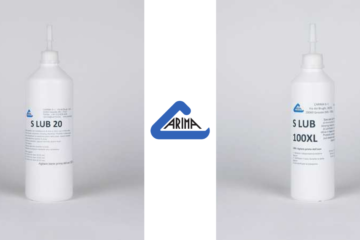
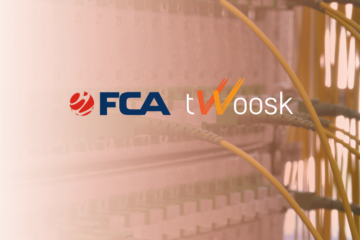
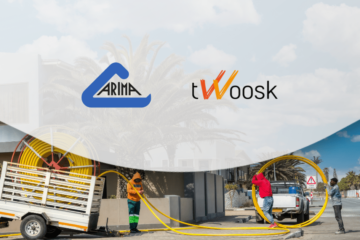


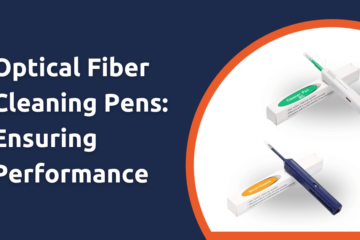
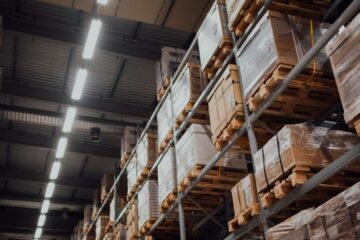
My brother’s interested in upgrading his internet service with a fiber optic installation, so he’s looking for more information about the process. It’s interesting to learn about the different types of fiber closures that are used when installing fiber optic networks, so I’ll email this to my brother now. I appreciate your intake on how vertical fiber closures are able to resist pests.